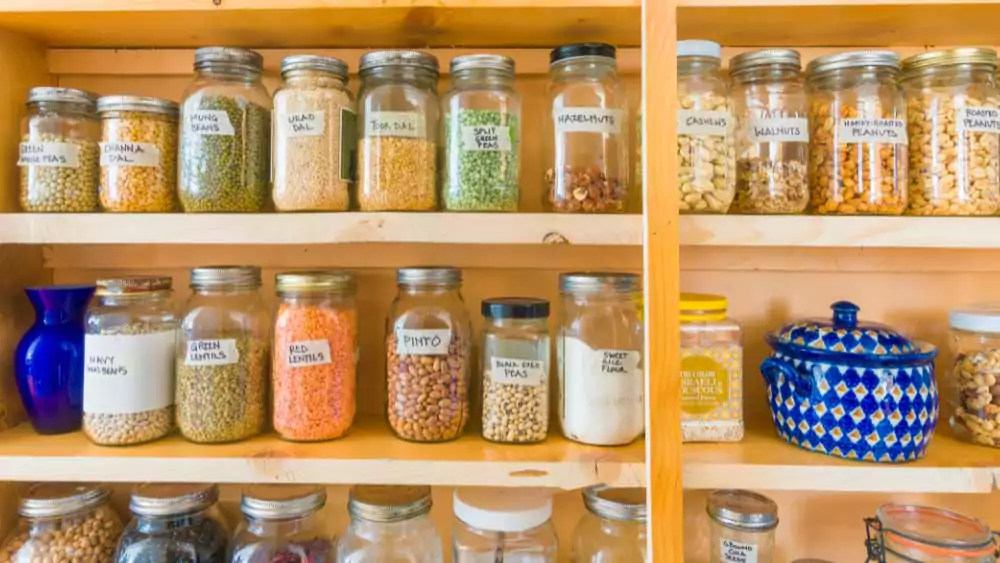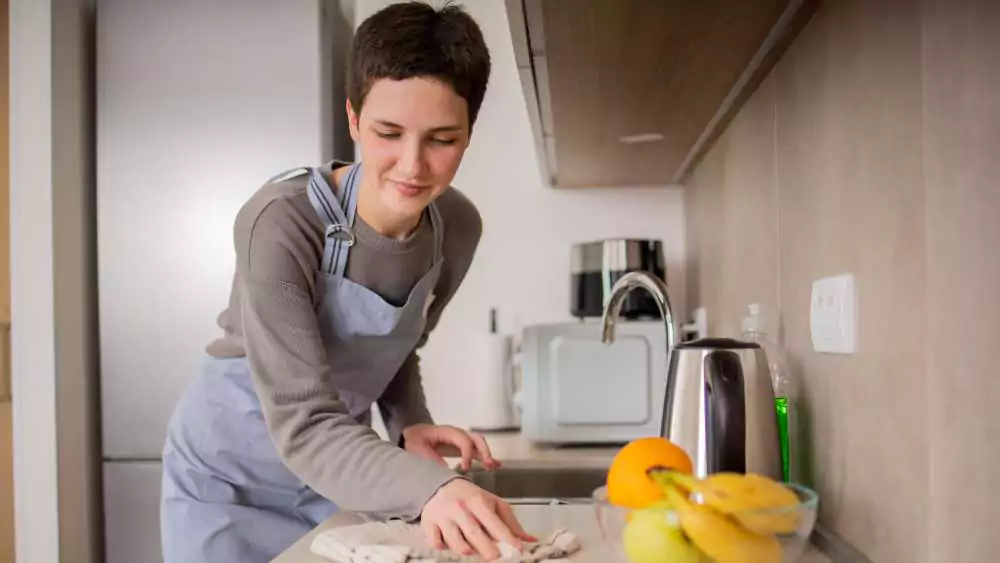The Ultimate Guide to Decluttering Your Kitchen

A cluttered kitchen can turn cooking into a stressful chore instead of an enjoyable activity. If you want to transform your kitchen into a more functional and serene space, decluttering and organizing the kitchen is essential. This guide provides practical steps to help you tackle your kitchen mess, which is a hurdle in the upgrade of your home.
1. Seek a Professional Help
If the task of decluttering your kitchen feels overwhelming, seeking professional help can be a game-changer. Professional organizers have the expertise to assess your space efficiently, implement effective organizational systems, and provide tailored solutions to fit your needs. If you live in Australia, companies like Paul’s Rubbish Removal Sydney can efficiently handle all your waste removal needs, ensuring your space stays clean and clutter-free. They can offer guidance on where to start, help you make tough decisions about what to keep or discard, and create a plan that ensures long-term success.
2. Sort and Categorize Items

Once you’ve assessed the clutter, begin sorting through your items. Separate them into categories: keep, donate, recycle, or discard. For example, old pots and pans that you haven’t used in years should be evaluated for donation or recycling. Items with broken or missing parts should be discarded. Categorizing helps streamline the process and makes decision-making easier.
- Keep: Items you use regularly and that are in good condition should stay. Evaluate if they are used frequently and have a designated spot in your kitchen. Make sure they are easily accessible to avoid future clutter.
- Donate: Items that are still functional but no longer needed can be donated. This includes duplicates, gadgets you rarely use, or cookware that’s too small. Ensure that donated items are clean and in good working order before passing them on.
- Recycle: Recycle items that are beyond repair or have reached the end of their usefulness. This includes broken utensils, old food containers, or expired pantry items. Check local recycling guidelines to ensure proper disposal.
- Discard: Throw away items that are damaged or unsafe to use. This includes cracked dishes, rusted pans, or expired products. Properly dispose of these items to keep your kitchen safe and organized.
3. Optimize Storage Solutions
Effective storage is key to maintaining a clutter-free kitchen. Invest in storage solutions like drawer organizers, shelf risers, and clear containers. Use drawer dividers to keep utensils and kitchen tools organized. Install additional shelves or use vertical space for storing items you use less frequently. By optimizing your storage, you’ll make better use of your kitchen space.
4. Declutter Countertops

Countertops should be reserved for items you use daily. Remove appliances, utensils, and decorative items that aren’t essential. Store or relocate items such as blenders, toasters, and cookbooks to cabinets or shelves. Keeping your countertops clear not only makes your kitchen look cleaner but also provides more space for meal preparation.
- Evaluate Essential Items: Start by assessing what items you genuinely need on your countertops. Items like your coffee maker, knife block, or fruit bowl might be essential, but decorative pieces and unused appliances should be stored away. Consider functionality over aesthetics – prioritize items that contribute to your daily cooking and dining needs.
- Utilize Cabinet Space: Move appliances and utensils that you don’t use every day to cabinet storage. For instance, an air fryer or stand mixer can be kept in a cabinet until needed. This not only frees up counter space but also reduces visual clutter, making your kitchen more inviting and easier to navigate.
- Organize by Frequency of Use: Arrange the remaining items on your countertops based on how often you use them. Place daily essentials, like salt and pepper shakers or a coffee maker, within easy reach. Less frequently used items can be stored in a more out-of-the-way spot to keep your countertops streamlined and functional.
- Implement Storage Solutions: Consider adding vertical storage or wall-mounted shelves if you need additional space for essential items. This can be especially useful for frequently used pots, pans, or spice racks. By utilizing wall space, you keep your countertops clear and maximize the efficiency of your kitchen layout.
5. Create a Cleaning Routine
Establishing a regular cleaning routine helps prevent clutter from building up again. Set aside time weekly to clean out your pantry, wipe down shelves, and reassess your kitchen organization. Regular maintenance ensures that your kitchen remains organized and functional over time.
6. Manage Paperwork and Extras
Kitchen paperwork, such as recipes, takeout menus, and grocery lists, often contributes to clutter. Create a dedicated space for these items, such as a file folder or binder. Use a bulletin board or magnetic board for frequently used items like grocery lists and meal plans. Keeping these documents organized will reduce the mess and make them easier to access.
Conclusion
Decluttering your kitchen involves more than just tidying up – it’s about creating a space that enhances your cooking experience and daily life. By assessing your clutter, sorting items, optimizing storage, and maintaining a cleaning routine, you can reduce your stress levels and transform your kitchen into a well-organized, enjoyable space. Start with these steps today and enjoy a more functional kitchen tomorrow.
Also Read: Kitchen Remodeling Tips

news via inbox
Sign up and never miss out on the latest news and updates at HighStuff




